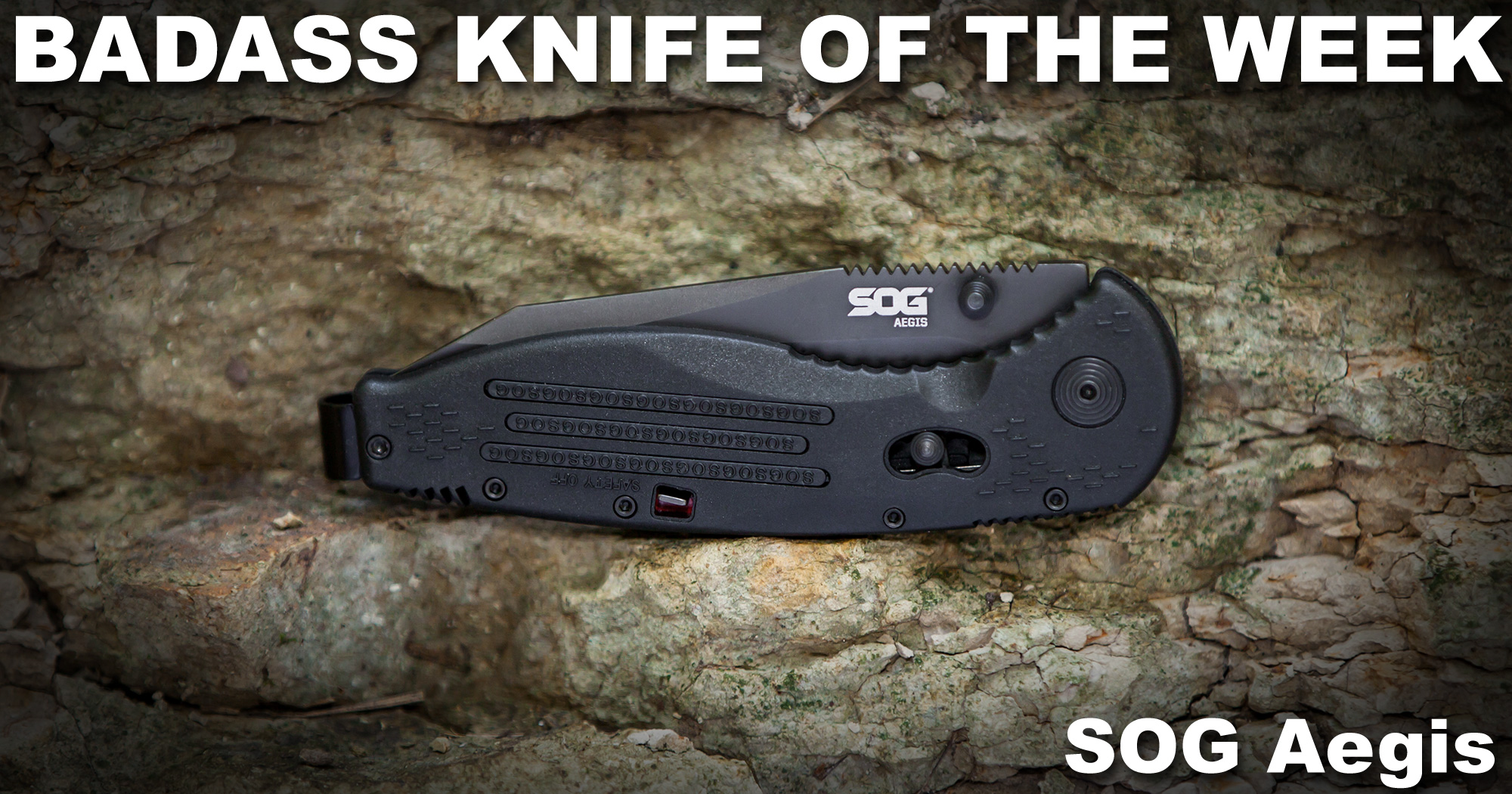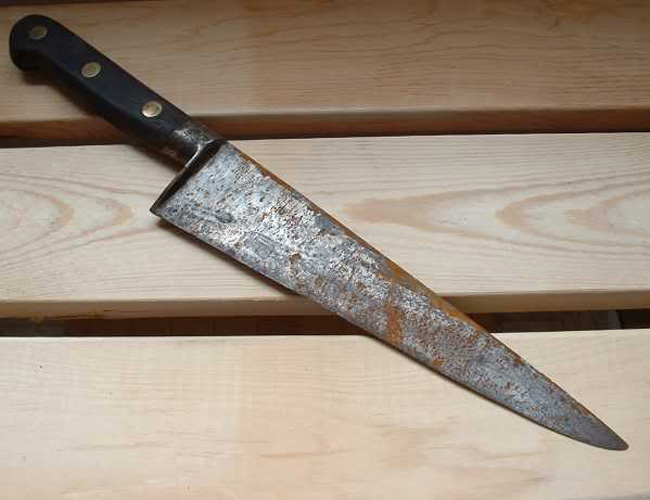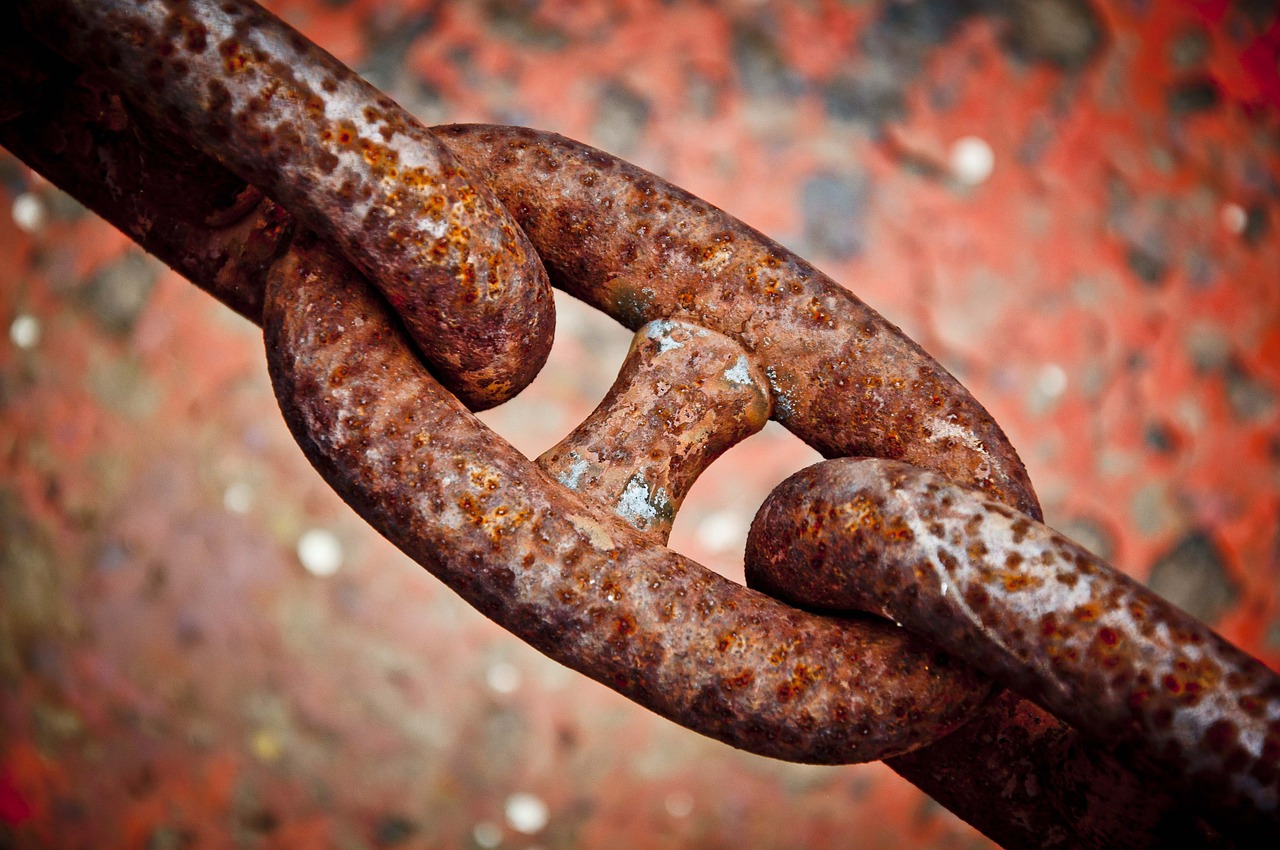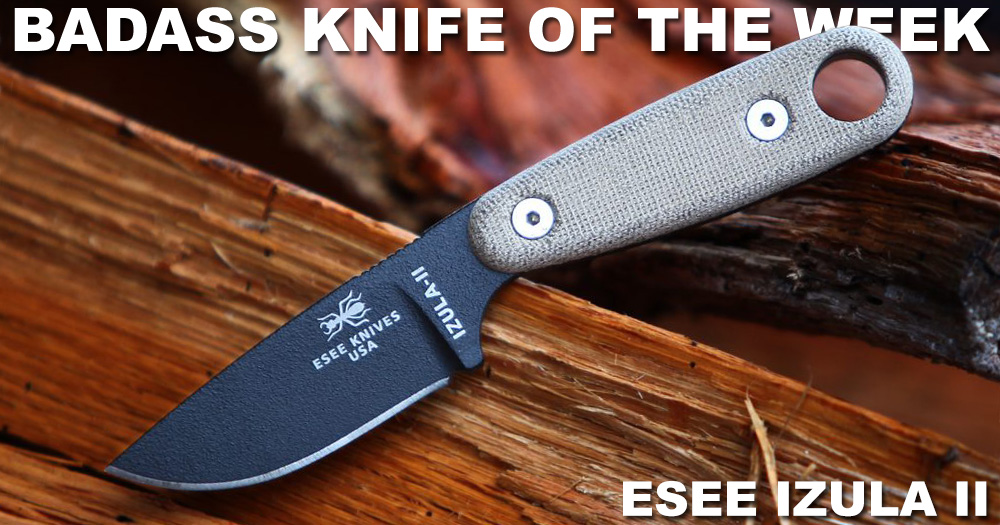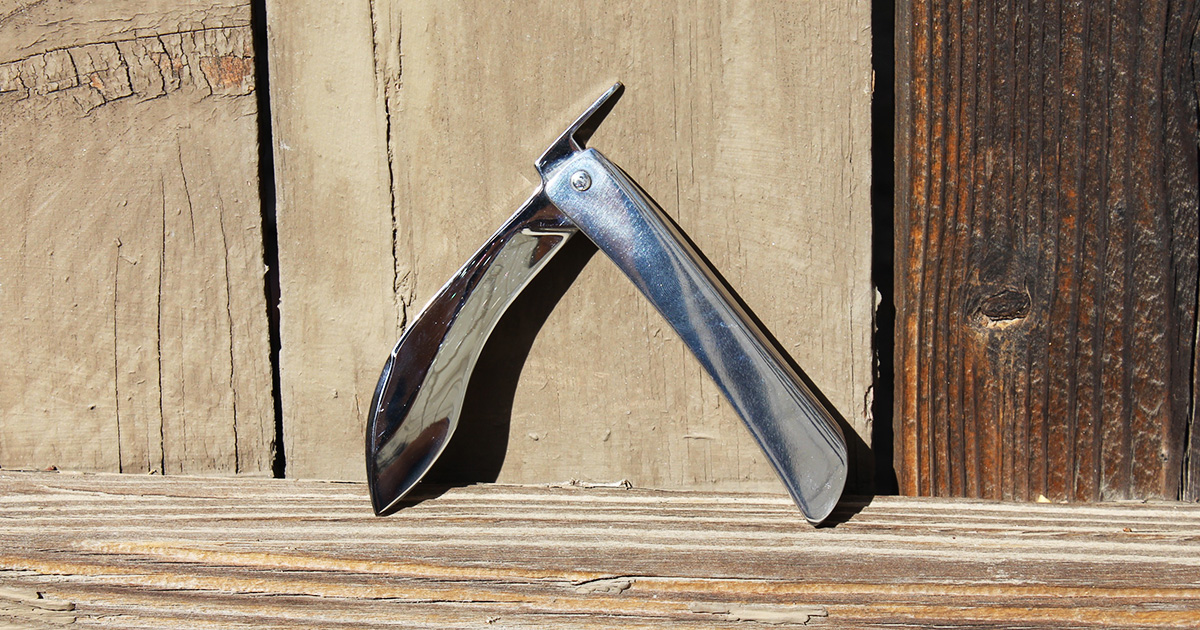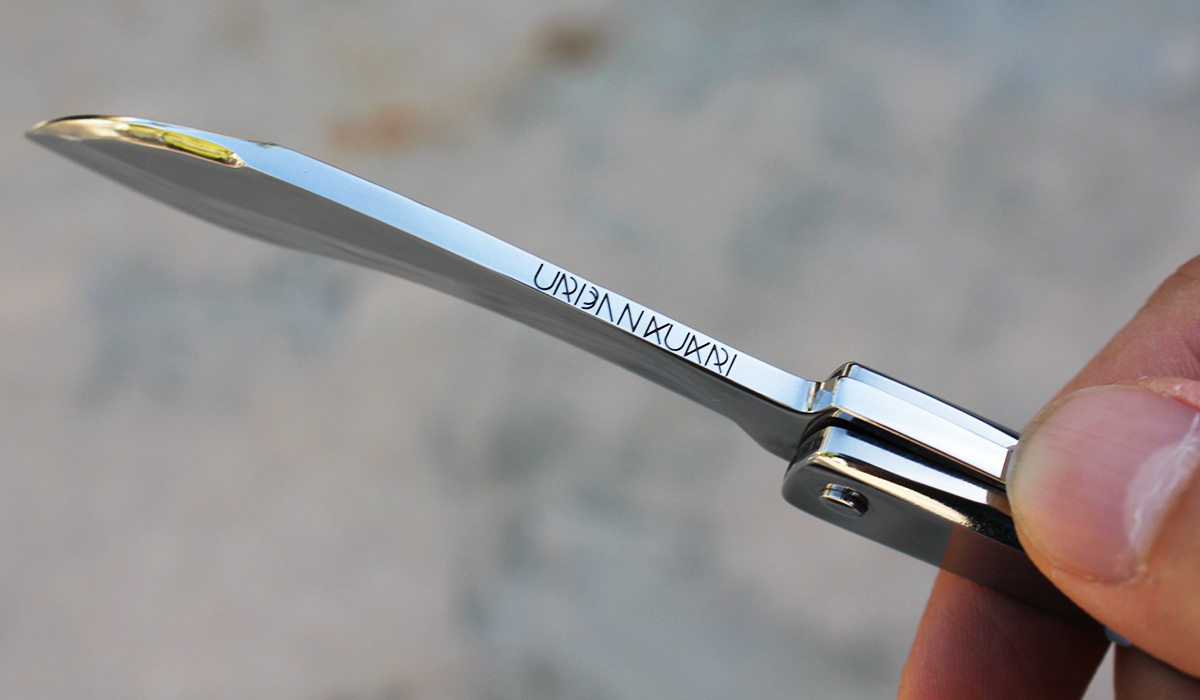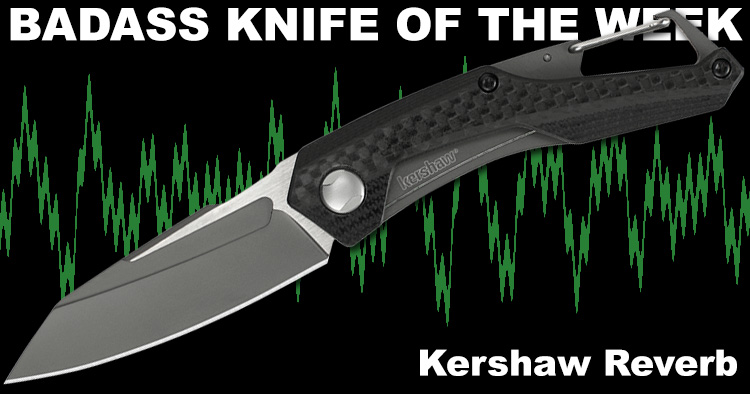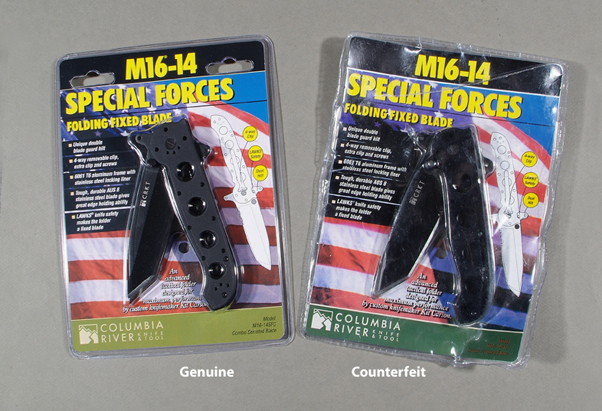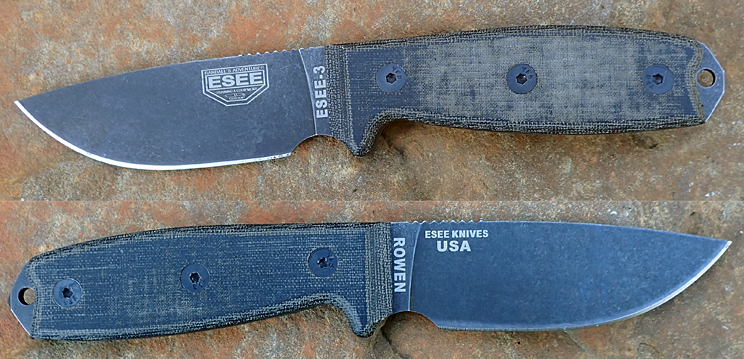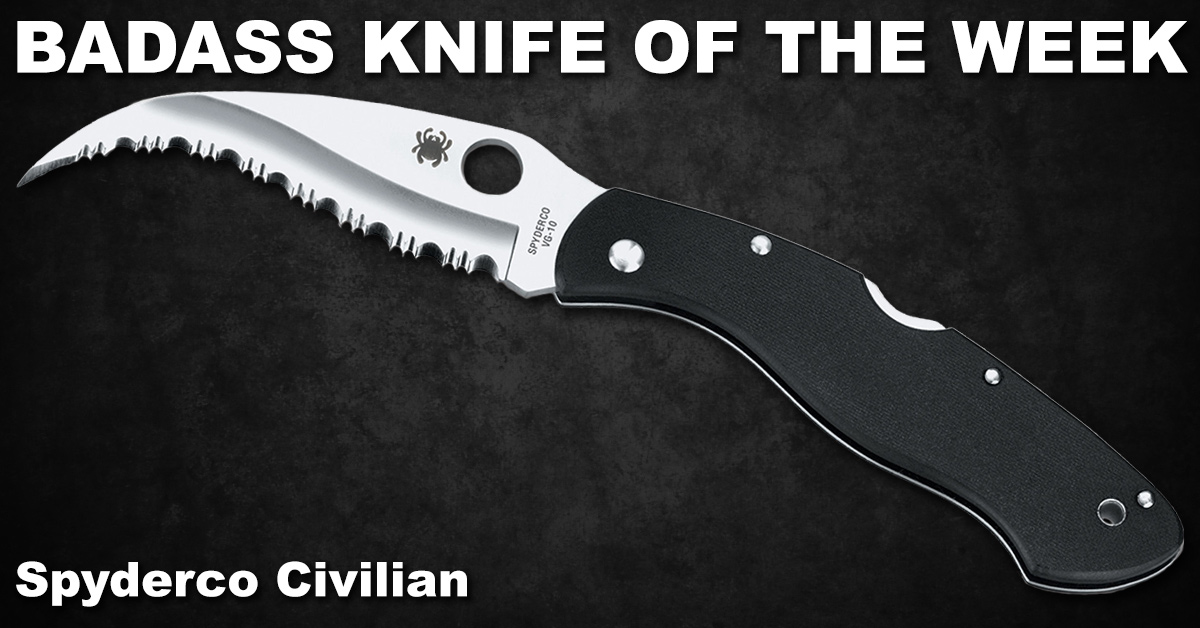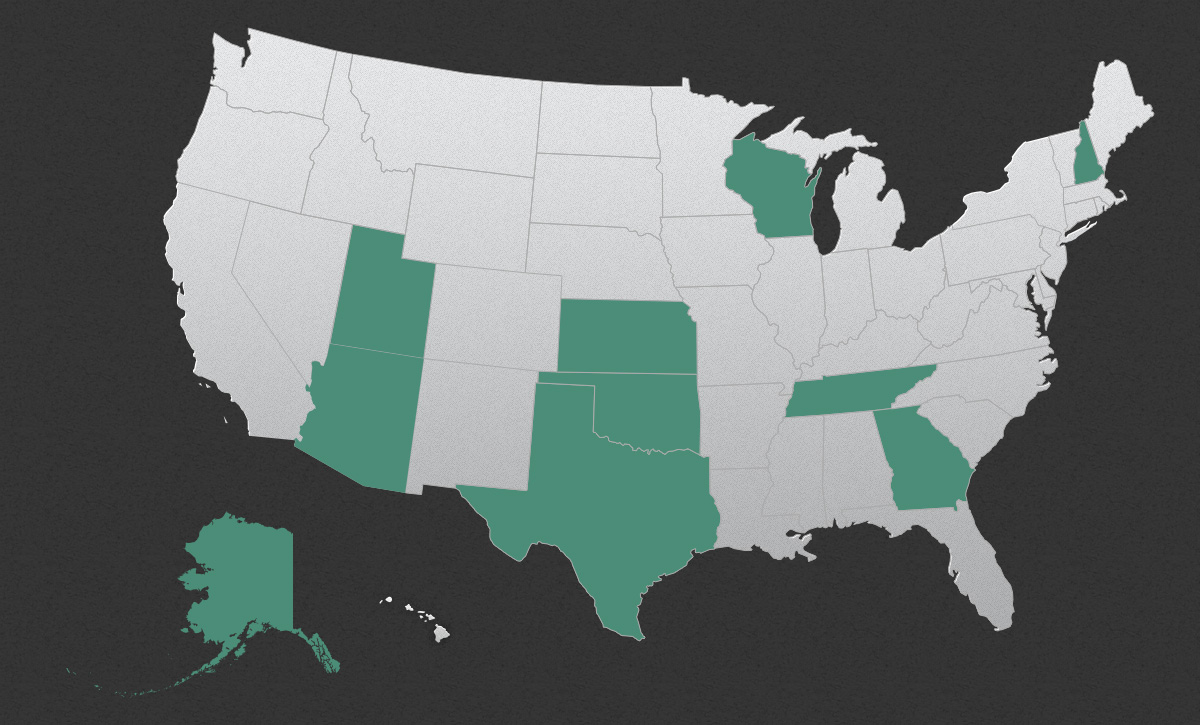
This post was published in December 2015, so it might not be completely up to date.
Do you want to carry your knife without fear of arrest? Find a place with knife-friendly laws.
But if you’re having a hard time determining which places have the most lenient knife laws, you’re not alone. Keeping track of knife laws is difficult these days. Not only does each state have its own knife regulations but in some states, each city has its own rules.
Resources Used in Rankings
How am I a judge on knife laws? Here are a few of the resources I used:
1) Doug Ritter, founder and chairman of Knife Rights. Ritter, who we interviewed in 2011, is part of the team that has helped get many of the laws passed in the states that appear on this list, so I thought his advice would be the best. He gave me his thoughts and recommendations about the subject. His rankings ultimately differed from mine, but I like to think I have some reasons.
2) Knife Rights resources. The Knife Rights website has a lot of great resources on the topic. If you aren’t a member or haven’t donated to the knife rights organization, I highly recommend doing so now.
3) American Knife & Tool Institute website. AKTI is another public advocacy group for all aspects of the knife industry. It has a pretty thorough list of knife laws throughout the United States.
4) “Knife Laws of the U.S.: Loopholes, Pitfalls & Secrets” by Evan F. Nappen. Nappen is “one of the most respected legal authorities in the nation on the topic of knife law” and his book is a great resource on knife law. The book was published in 2015, so some information was a little outdated. Knife News did a ranking in 2015 based on the book.
How States Were Ranked
The truth is nearly all of these states are nearly equal in terms of knife-friendly laws. They all have statewide preemption clauses that prevent individual municipalities from issuing their own knife laws and they all have very little restrictions.
